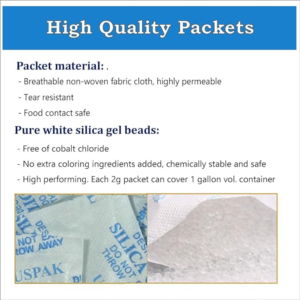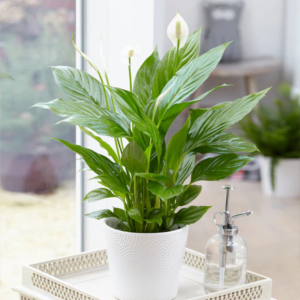Here’s a detailed breakdown on how to reduce moisture in your room during the rainy season:
Increase Ventilation and Airflow (the Natural Way):
- Open windows and doors strategically: This is the most cost-effective method. Aim for cross-ventilation whenever possible. Here’s how:
- Identify windows on opposite walls of the room. Open one window completely on each wall.
- If there are no opposing windows, open windows on the side with the most wind and create an airflow path using a door or another window on the opposite side, even if slightly open.
- Timing is key: Open windows and doors during drier periods of the day, typically in the mornings or evenings when the humidity is lower outside compared to inside.
- Limit during heavy rain: Avoid opening windows during heavy downpours or when outside humidity is higher than inside.
- Ceiling fans: Run ceiling fans in a counter-clockwise direction during summer to create a cooling wind chill effect and promote air circulation.

Reduce Indoor Moisture Sources (Control at the Source):
- Dry clothes outside: This is a major source of moisture indoors. Hang clothes on a drying rack in a well-ventilated outdoor space whenever possible.
- Invest in a drying rack: If outdoor drying is limited, consider a drying rack positioned near a window with good airflow or a dehumidifier for indoor drying.
- Vent kitchen and bathroom properly:
- Exhaust fans: Turn on exhaust fans in kitchens and bathrooms during and after use to remove steam and moisture generated from cooking, showering, and bathing. Run them for at least 15 minutes after activities.
- Close bathroom doors: When showering, close the bathroom door to prevent steam from spreading to other rooms.
Dehumidify the Air (Active Moisture Removal):
- Dehumidifier: For areas with persistent high humidity, consider a dehumidifier. It’s an appliance that draws in moist air, condenses the moisture into water, and releases drier air back into the room.
- Choose the right size: Dehumidifiers come in various capacities. Consider the room size and humidity level when choosing one.
- Empty the water tank regularly: Most dehumidifiers have a water tank that collects the condensed moisture. Empty it regularly to maintain efficiency.
- Air conditioner: While not the most energy-efficient option, most air conditioners have a dehumidifying function. Running your AC can help reduce humidity while cooling the space. However, consider using a dehumidifier for specific areas if cooling the entire space isn’t necessary.
Moisture Absorption (Passive Control):
- Desiccants: Place commercially available desiccants like silica gel packets or moisture-absorbing bags around the room, especially in areas prone to moisture build-up like closets and cabinets.
- Reusable options: Choose reusable desiccants. These can be reactivated by drying them out in direct sunlight or following the manufacturer’s instructions.

- DIY desiccants: Budget-friendly alternatives include placing bowls filled with baking soda or rock salt around the room. These absorb moisture but need to be replaced more frequently than store-bought desiccants.
Prevent Condensation (Stop Moisture Before it Starts):
- Increase room temperature slightly: Aim for a slightly warmer room temperature (ideally between 70-78°F). Warmer air holds more moisture, reducing condensation on cold surfaces.
- Improve insulation: Good insulation in walls and ceilings prevents heat loss and reduces the formation of cold surfaces where condensation occurs.
- Increase air circulation around furniture: Keep furniture at least a few inches away from walls to allow air circulation and prevent moisture build-up behind furniture.
Additional Tips:
- Doormats: Place absorbent doormats inside and outside entryways to trap moisture from shoes.
- Indoor plants: While some plants add humidity, certain varieties like peace lilies and bromeliads actually help absorb moisture from the air. Choose these strategically in high-moisture areas.

- Regular cleaning: Regularly wipe down walls, especially in bathrooms and kitchens, to remove condensation and prevent mold growth.
By combining these methods and tailoring them to your specific situation, you can effectively manage moisture levels in your room during the rainy season and create a healthier and more comfortable living environment.
Looking to install a commercial HVAC System or Duct work in your Business Area?
Contact Vipul Ac to learn about our HVAC Service
Call +91 8000092000 Today.
